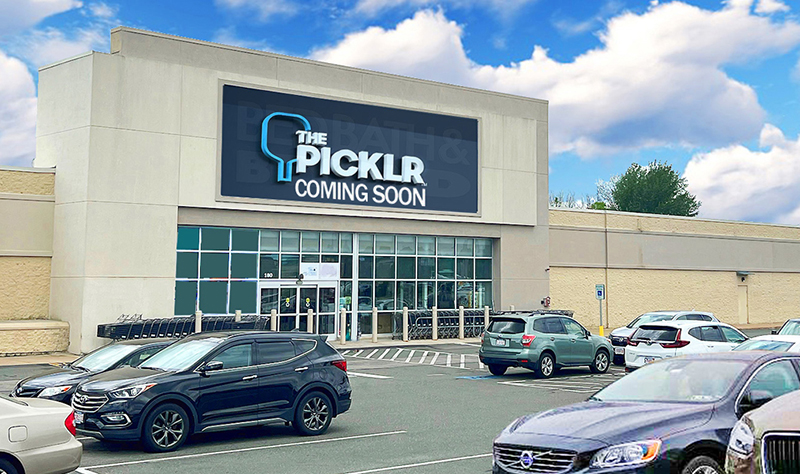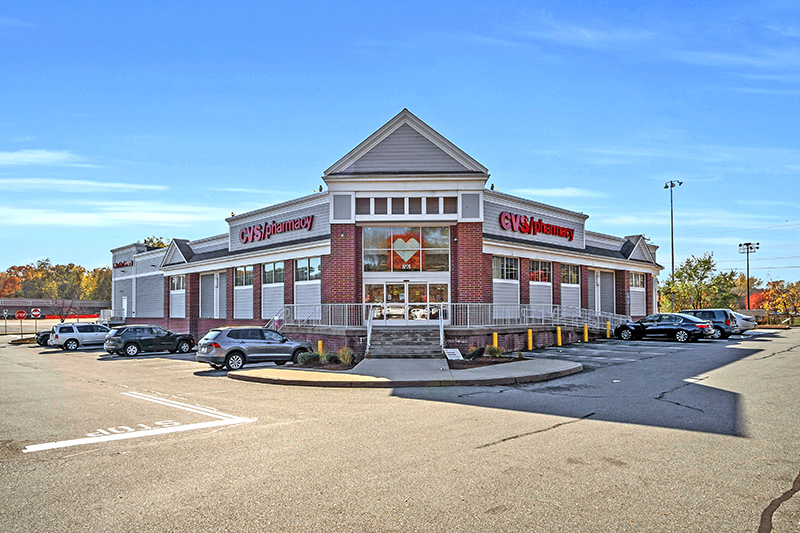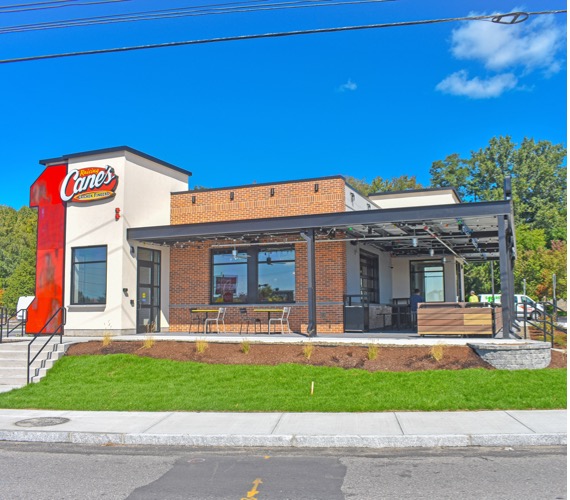News: Retail
Posted: February 21, 2013
Question of the Month: Why is New Hampshire's aerospace industry soaring?
New Hampshire has been ranked as the most livable state each year since 2005 by CQ Press, and is known for low taxes and the motto "Live Free or Die." Driving through the small towns on roads that twist across the state, it's easy to see why tourism is a major industry and "foliage" is a designated season. How did a suburban city in this small state, without a war chest of incentives, compete for and win the location search for a $100 million aerospace facility? The key was a customized response that was as nimble and complex as today's global business environment, and a comprehensive team of partners. The local economic development office for Rochester, N.H. led the recruitment team for the project, and persevered during a two year selection and negotiation process, managing a complex package of deliverables. The ultimate key to success was the recruitment team being small, talented and committed, and support from the State Department of Resources and Economic Development, the N.H. Business Finance Authority and Governor John Lynch.
Today Rochester hosts the construction of a state-of-the-art aerospace composites facility more than 8 acres in size and not just utilizing technology, but creating new technology for the composite engine components in the LEAP Engine, a disruptive next-generation product. The engine components as well as this 343,000 s/f facility are the result of a unique partnership between Albany Engineered Composites, a division of U.S. Albany International Corp., and Safran Engineered Composites, a division of the French firm Safran, global leader in jet engines and aerospace components.
The new facility will employ at minimum 400 skilled and semi-skilled employees by Albany and Safran USA with a payroll of more than $40 million annually. In anticipation of the shared facility, Albany International Corp. announced the relocation of their corporate headquarters from Albany, N.Y. to Rochester, N.H. in 2010, and acquired a second building in the Granite State Business Park reaching 250 employees and 325,000 s/f. Indirect employment includes 1,349 new jobs across the state from the many suppliers and vendors working with Albany and Safran, and from the economic impact of the salaries and purchasing of these companies and their employees.
One of the greatest challenges to be addressed during the selection process was the demand for 400 skilled and semi-skilled employees to be trained. The recruitment team worked with Great Bay Community College, the University of New Hampshire and others to work to meet this requirement. The plan called for a 17,000 s/f Advanced Technology and Academic Center in Rochester with a composites lab and classroom space to train the skills needed. During the most difficult state budget during the recession the N.H. legislature funded a $4 million investment in an effort many thought was impossible. The Community College System also successfully leveraged this fund to successfully apply for a U.S. Department of Labor Grant for $19.9 million. Today the Rochester Advanced Technology and Academic Center is under construction and set to open January 2013, creating another 30 support positions.
"Larger states can offer financial incentives that vastly overwhelm what the Granite State can offer, but New Hampshire's smallness was its strength," said Joseph Morone, Albany International president and CEO in an interview in February 2011. "In Albany International's case, personally committed leaders, an innovative and willing educational system, and a unique quality of life outweighed enormous tax breaks."
This project represents a "new normal" in business attraction, where a sophisticated team strategy delivers on current and future business demands. Workforce with relevant skills is the critical component for site selection and long-term location success, and can be delivered by non-traditional locations with powerful partnerships - including Rochester, N.H.
Karen Pollard, CEcD, EDP is the deputy city manager/director of community development for the City of Rochester, N.H., and leads their business attraction strategy. www.thinkrochester.biz.
Tags:
Retail
MORE FROM Retail
Mace of KeyPoint Partners negotiates 36,192 s/f lease for The Picklr at Endicott Square
Danvers, MA KeyPoint Partners (KPP) negotiated a lease with the nation’s premier indoor pickleball venue The Picklr at Endicott Sq. Vice president of retail brokerage Don Mace negotiated the transaction on behalf of the landlord.




.jpg)



